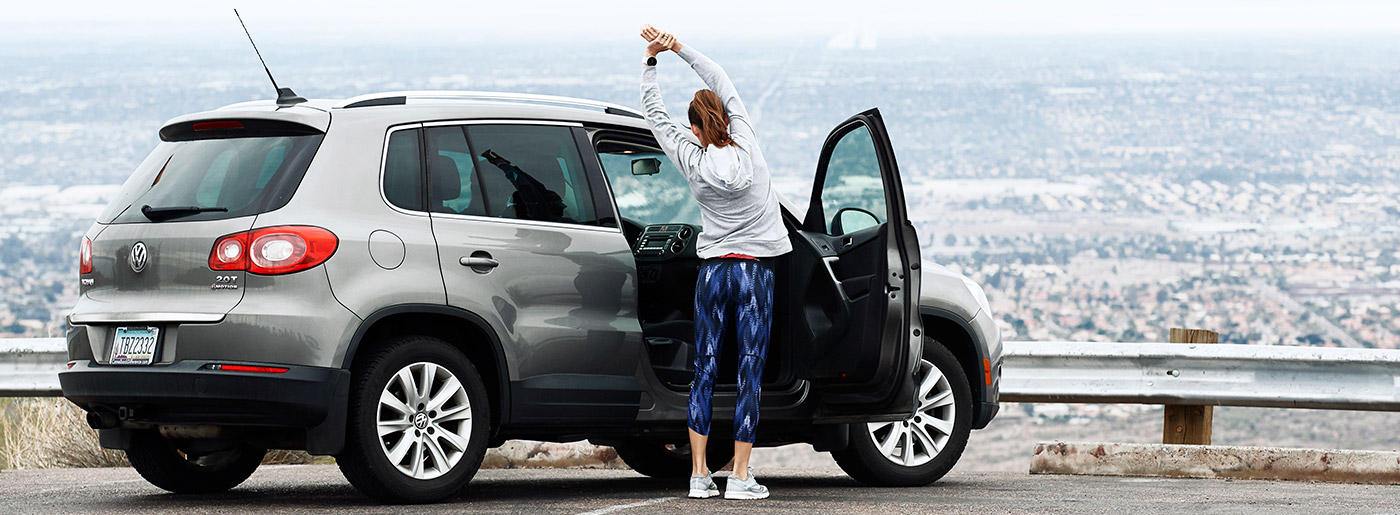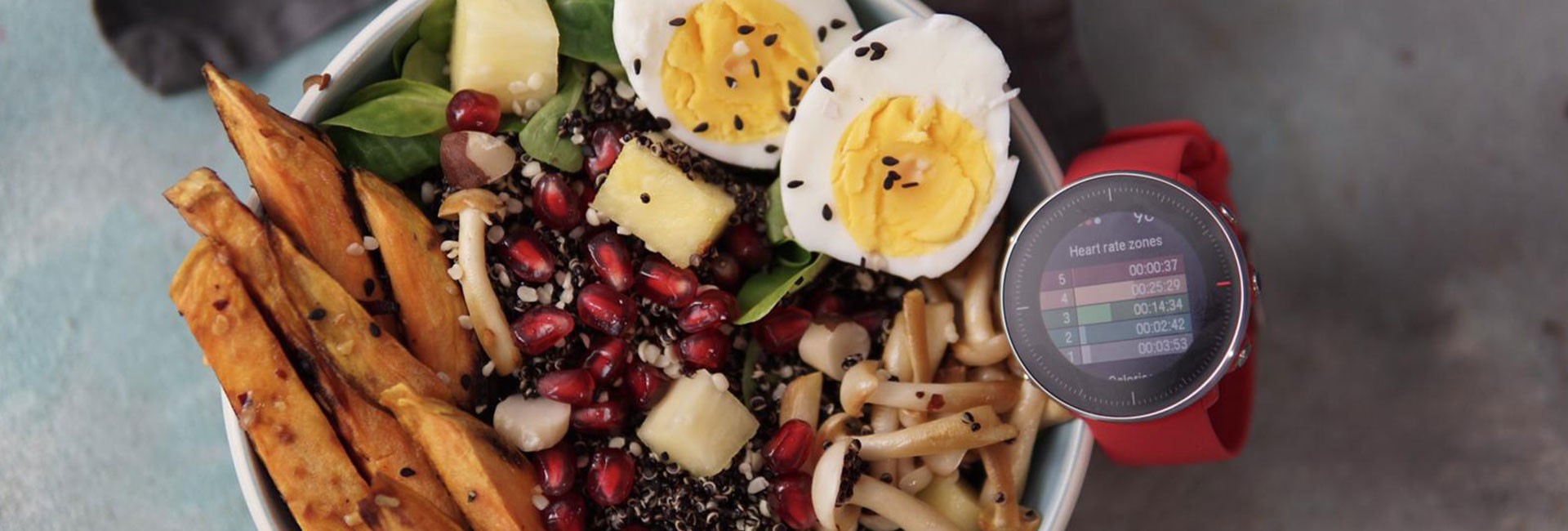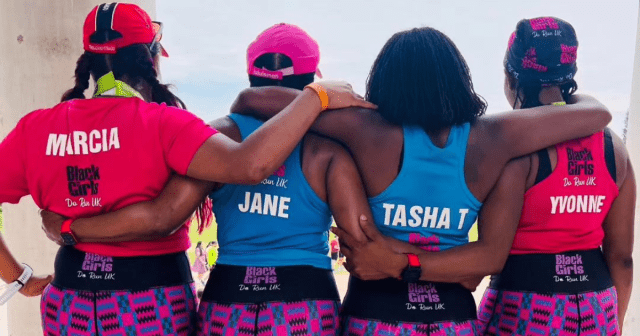For some, cashing in those hard-earned vacation days and booking a much-needed getaway is a chance to kick back, relax, and luxuriate in easy living. For others – ahem, athletes – one of the best things about travel is traveling to race in a faraway land.
Whether you’re considering a bachelorette party half-marathon in Napa Valley, a family 5K in Italy or you’re cruising to Kona for the IRONMAN of your dreams, here are some key factors to consider before booking your next race-cation.
Pack everything important in your carry-on
If you’re checking a bag when traveling for a race, don’t put anything that may impact your race in the bag. Your shoes, sports bra, devices, chargers, converters (triple check that you get the right kind!), and anything else that’s essential for your race-day performance should be on you at all times. And don’t be afraid to over-pack a little.
“It’s not a guarantee that essentials – like Imodium! – will be sold at your destination,” says running coach Mary Johnson. “So bring everything.” The one thing you shouldn’t pack: compression gear. Wear it on the plane to keep your blood flowing as best you can.”
Consider how you’ll want to recover after the race, too. See if your hotel room has a tub if you’re into ice baths, or find out if there’s a hot tub if that’s more your pre- or post-race style.
“Even if you can’t fit your foam roller in your bag, you can still carry a lacrosse ball or other small recovery tools,” suggests triathlete Lauren Wolman. “If you don’t want to leave your foam roller behind, find a bag that’s designed to hold a yoga mat, and throw your foam roller in that space instead.”
BYO nutrition and race-day fuel
“I bonked at a race once because I didn’t have anything with me and the course nutrition wasn’t what it was supposed to be,” says runner Megan Starshak.
If you’re particular about your pre- or mid-race fuel, make sure you’re bringing it with you instead of relying on what might be available on the course.
But remember, TSA isn’t messing around: “TSA considers peanut butter a cream, which is also somehow a liquid, gel, or aerosol,” says Sara Gaynes Levy. “So goodbye, peanut butter.” Gels, Gu products, and other items athletes swear by may not make it through security at the airport, so make sure you’ll be able to buy whatever you need at the expo or local running store before the race.
And this doesn’t just go for food – course hydration tends to vary, too. Marathon Manic Danielle Cemprola trains with Gatorade – but rarely finds it when she races internationally.
“When I ran the Dublin Marathon in 2013, the on-course electrolyte drink was something called Lucozade,” she says. “At the Prague Marathon, they have mineral water that’s slightly carbonated and tastes nothing like the flat water I’m used to drinking at races in the U.S. I’ve run races in seven different countries, and the hydration situation is always a variable – even more so than the actual nutrition.”
Consider jet lag, time zones, and altitude
“I did a marathon in Italy last year, and my sleep schedule was so off,” says Matthew Weil. “Make sure you have several days to get over any possible jet lag.”
If you live at sea level and you’re traveling for a race to a destination at altitude, prepare to arrive as early as possible so your body can adjust.
“Do a shakeout run when you get there to get out the airplane puffiness and stiffness,” says triathlete Susan Pass.
Plan your pre-race meal ahead of time
Yes, traveling is a great time to expand your dining horizons – but when you’re traveling for a race, the night before the big race isn’t the best time to branch out.
Instead, do your due diligence and find a restaurant close to where you’re staying and make a reservation well ahead of time.
Nervous about branching out? “Find a Whole Foods if you have specific pre-race food rituals and can’t cook,” says Jenna Deutsch. “They always have things like rice and salmon at the hot bar.”
Pay extra attention to the race logistics
If there’s an option to take a hotel shuttle to the race start, do it. Take advantage of the race’s resources so you’re not scrambling to find a parking spot, struggling to get back to your car after the race, or rolling up late because you got stuck in traffic.
Be sure to double-check bib pickup details. “I once ran a half-marathon in New Orleans and didn’t realize there was no day-of bib pickup,” says runner Jenn Johnson. “I was traveling the day before, so I had to arrange for a friend of a friend to get my packet for me.”
Keep in mind you may need to do some mental math when it comes to the course markers on race day. “If the race is anywhere but in the U.S., the markers will probably be in kilometers, not miles,” says Pass. “Either practice with that so you’re not mentally mixed up, or embrace the ‘ignorance is bliss’ idea.”
Be prepared for a totally different race experience than what you’re used to
“When I raced in Dublin and London, there were tons of people out, but they were all super polite, like they were at a golf tournament – lots of gentle clapping and the occasional ‘well done!’” says runner and coach Daphne Matalene. “So be prepared for all different kinds of fans.”
And definitely make sure you’ve mapped out your post-race plans and meeting spot with your friends and family. Your phone may not work internationally, and at big races, it’s often hard to get service when so many people are dialed in trying to find their loved ones.
Avoid a next-day flight if you can – and do some sightseeing instead
“Being cramped on a cross-country flight the day after running a marathon is no fun,” says Johnson. If your race is part of a full vacation, plan to kick off the trip with the race and then do all the exploring by foot, boat, or car.
Enjoy!
“Traveling for a race is the best way to tour any destination,” says marathoner Abbe Lewis Baker. “You’ll see it all.” Soak up the culture, the language, the festivities, and the experience – and make new friends!
“Talk to other runners at the race,” says marathoner Jennifer Stahl. “It’s amazing who you’ll meet from around the world.”
If you liked this post, don’t forget to share so that others can find it, too.
Or give it a thumbs up!
I like this article
Please note that the information provided in the Polar Blog articles cannot replace individual advice from health professionals. Please consult your physician before starting a new fitness program.





